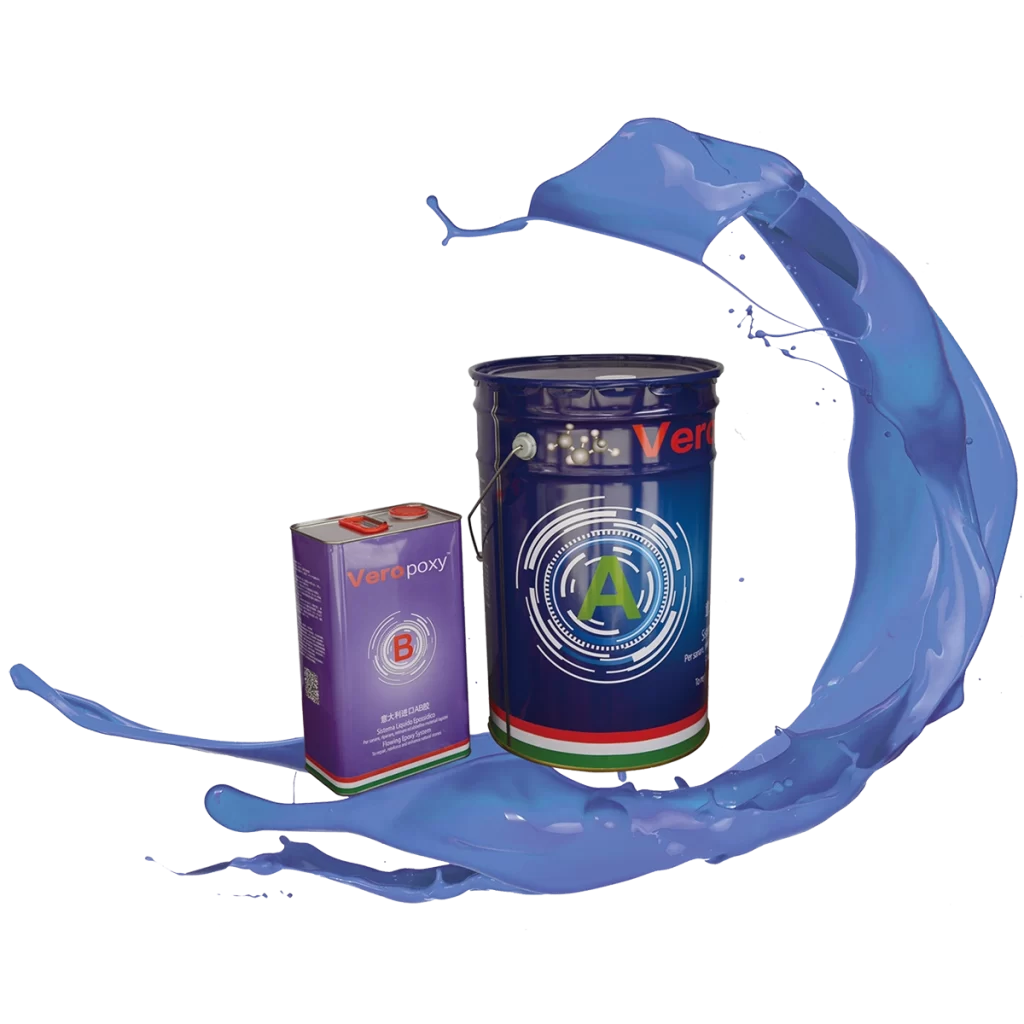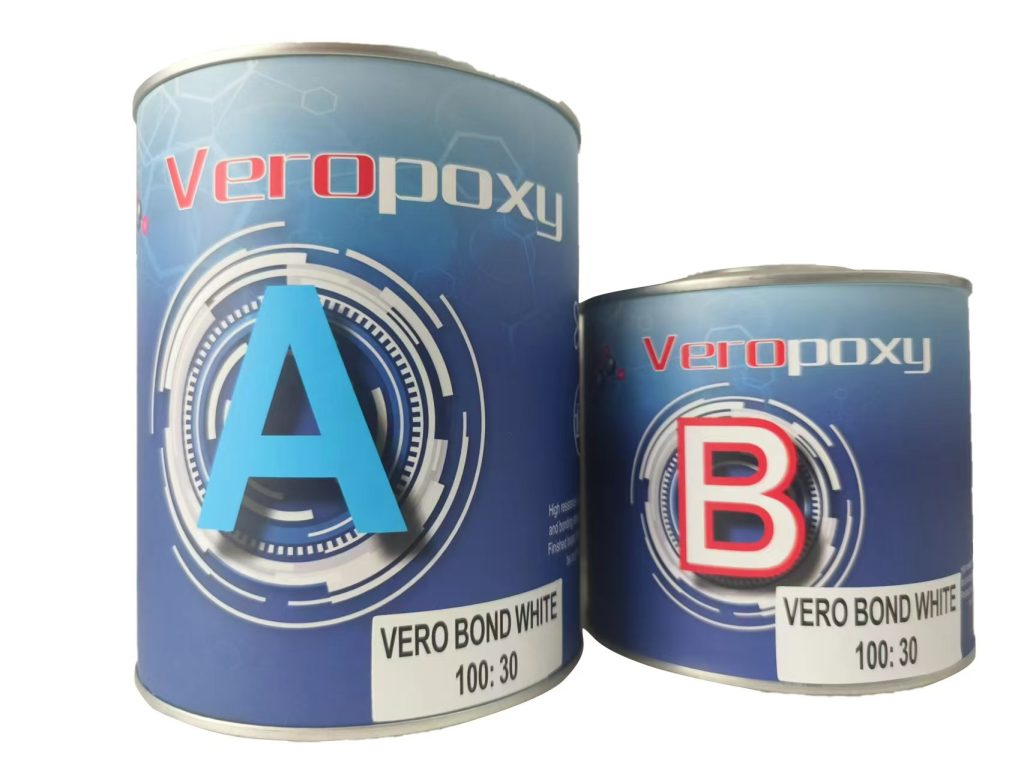In the field of architectural decoration, natural stone is favored for its unique aesthetic value and durability. Stone’s inherent flaws, including pores and cracks, however restrict its broad use and safety. Thus, structural bonding technology has become the main means of increasing the safety and efficiency of stone usage. The need of structural bonding of natural stone will be discussed in this article together with the use and benefits of epoxy resin adhesives in stone decoration. We will examine the properties, use and modification of epoxy resin in dry hanging stone and look forward to its future development in architectural decoration. Deeply knowing these contents will help us to better use epoxy resin adhesives to provide the building sector with more beautiful, safer, more ecologically friendly stone decoration solutions.

The necessity of structural bonding of natural stone
The aesthetic effect of natural stone is widely praised, because of its simple and natural texture and color, it gives architectural decoration an elegant and unique temperament. Natural stone’s decreased strength results from its usual flaws, though, including pores, cracks, pits, etc. Structural bonding has become absolutely essential to guarantee the full use of stone. Structural bonding technology not only makes up for the defects of stone, but also solves the problems such as insufficient adhesion that may be caused by the use of cement mortar, so that stone can be firmly attached to substrates such as metal frames. Furthermore beneficial in the application of stone wall decoration is structural bonding, particularly in the building of facade and curtain walls. It enhances the integrity and looks of the building and so helps construction technology to advance.
Application of epoxy resin adhesive in structural bonding of stone
Epoxy resin adhesive is widely used in stone decoration and renovation due to its excellent bonding performance. Epoxy resin’s molecular structure features many groups, including epoxy and hydroxyl groups, which provide it remarkably great adhesion and material adaptation ability. Epoxy resin’s colloid shrinkage rate is low after curing agent is added, thus it can retain durability, weather resistance, and stability. Furthermore, epoxy resin virtually generates no by-products during curing, so preventing secondary stone pollution. Thus, it is appropriate for building in several surroundings, including outdoor, indoor, and other different uses.
Advantages of epoxy resin adhesive
1.Excellent bonding strength: epoxy groups, hydroxyl groups and other groups can form strong intermolecular forces with materials such as stone and metal;
2.Small shrinkage: The shrinkage of the colloid during the curing process is only 2%~3%, and the filler can be further reduced;
3.Dimensional stability: The structure is stable after bonding, the appearance is neat, and it is not easy to deform;
4.Weather resistance: It can withstand natural forces such as wind, earthquakes, and changes in temperature;
5.Strong adaptability: It is suitable for construction in different environments without strict temperature conditions;
6.Without pollution: Neither any harmful solvents evaporate during the curing process nor any pollution is generated to the stone;
7.Widely used: Products in several forms can be created based on stone needs.
Disadvantages of epoxy resin adhesive
1.High brittleness: Unmodified epoxy resin easily peeled off after solidification;
2.Short construction period: Epoxy resin adhesives need to be completed within a certain period of time, which is not conducive to complex projects;
3.Safety concerns: Some epoxy resin products might generate volatiles; hence, one should give special attention to safety protection.
The role of epoxy resin adhesive in dry hanging stone
Since the epoxy resin adhesive was first successfully prepared in the German Chemical Industry Company in 1934, it has gradually been widely used in the construction field. Originally focused on wet cement mortar construction, the wet approach readily results in “pathological changes” in stone, thus it evolved into the dry hanging method. More solid and durable, the epoxy resin adhesive used in the dry hanging method can make the stone independent of cement mortar, significantly lower the problems of whitening and falling caused by cement mortar. The following distinguishes the dry hanging technique:
1.High installation quality: The dry hanging method uses metal parts to support and form a solid structure;
2.Fast construction speed: The dry hanging method does not require cement mortar and can quickly complete positioning and bonding;
3.Strong wind pressure and earthquake resistance: In high-rise buildings, the dry hanging method structure will not fall off due to building vibration or wind pressure;
4.Easy maintenance: The dry hanging method is modularized, which is convenient for later maintenance and replacement.
Composition and modification of epoxy resin adhesives
Epoxy resin adhesives are usually composed of epoxy resin and curing agent. Diluents, fillers, toughening agents, etc. are also included to improve performance and form modified epoxy resin adhesives so increasing their applicability. Among often used modifiers are silane coupling agents, toughening agents, etc. By means of these modification techniques, the colloid’s flexibility and durability can be sufficiently enhanced to satisfy more demands for stone decoration. Particularly in applications like exterior walls and curtain walls, the modified epoxy resin adhesive offers great performance in stone decoration and can give dependable long-term support.

Future development of epoxy resin adhesives in architectural decoration
Epoxy resin adhesives will pay more attention to the following future developments in the architectural decoration industry for construction efficiency, decoration quality and environmental protection performance:
1.Environmental protection: cut the use of hazardous chemicals and raise the performance of epoxy adhesives in protecting the surroundings;
2.Flexibility: further improve flexibility and reduce brittleness through molecular structure adjustment and modification;
3.Construction convenience: develop epoxy resin products that are easier to operate and simplify the construction process;
4.Enhanced weather resistance: respond to the diversity of climate change and improve the long-term weather resistance of epoxy adhesives.
The structural bonding of stone depends much on epoxy resin adhesive. Its excellent bonding performance and adaptability have promoted the development of stone dry hanging technology, while improving the aesthetics and construction efficiency of buildings. Materials science will open more possibilities for epoxy resin adhesive application in stone decoration, so providing more premium bonding solutions for the building sector.
Post time: 11 月-05-2024

